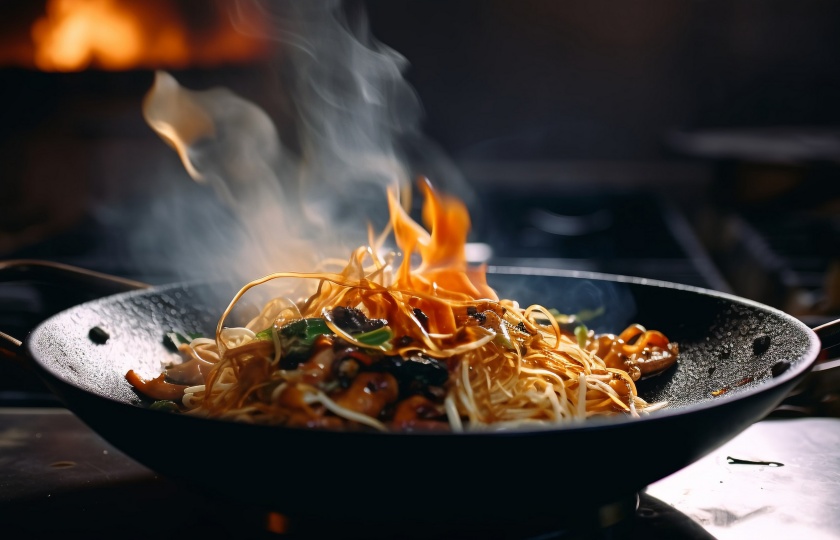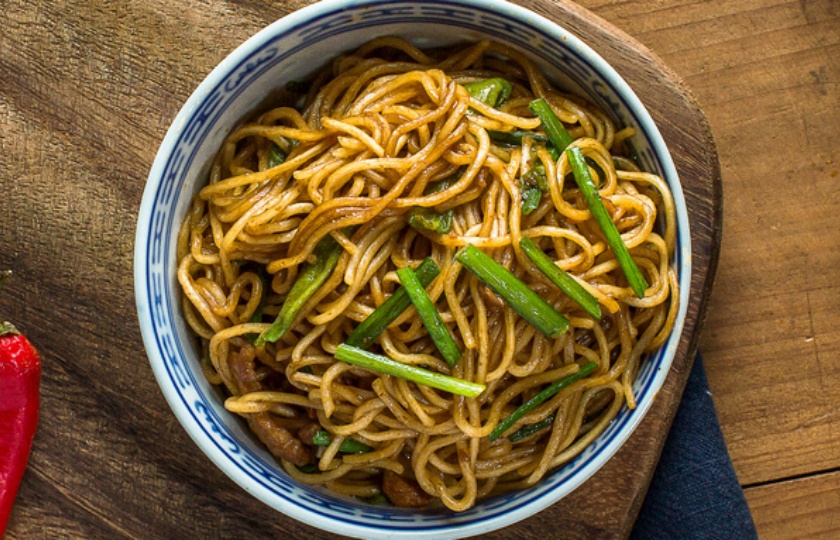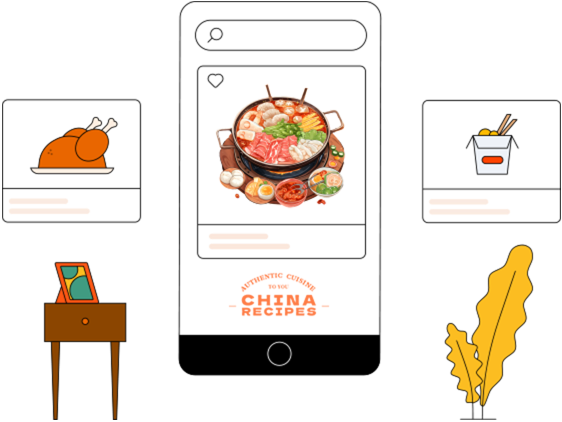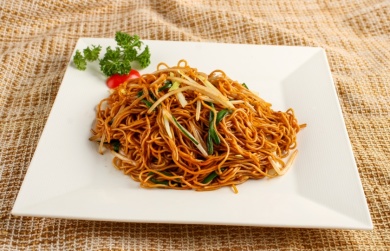Chow Mein vs Lo Mein: What's the Difference? Uncovered

Chow mein and lo mein are both classic and popular Chinese noodle dishes. Today, I’ll introduce the differences between the two!
1. Different Cooking Methods
Chow Mein:
Chinese-style chow mein is typically cooked with a variety of ingredients like vegetables and meats.
First, the noodles are boiled until cooked, and then a pan is heated with oil. Vegetables and meats are added and stir-fried until cooked through.
Next, the boiled noodles are added to the pan, followed by seasoning and sauces. The noodles are then fried until they are evenly heated and coated in the sauce, completing the dish.
Lo Mein:
Lo mein is made by boiling the noodles in cold water, and then draining them and mixing them with various ingredients and seasonings.
Unlike chow mein, lo mein focuses more on the freshness of the ingredients and a refreshing texture.
After draining, the noodles are mixed with ingredients like cilantro, bean sprouts, and shredded meat. Then, seasonings such as soy sauce, vinegar, and sesame oil are added, and the noodles are tossed until well-combined and ready to serve.
2. Texture and Flavor Differences
Chow Mein:
After stir-frying, the noodles are firm and chewy, and the high heat used in the cooking process helps release a rich aroma from the ingredients.
Different seasonings can give chow mein a variety of flavors. For example, soy sauce and other sauces add a savory depth, while adding chili can bring a spicy kick.

Lo Mein:
Compared to chow mein, lo mein retains its natural softness and tenderness, giving it a smoother texture. Additionally, the use of cold water during cooking helps preserve the noodles' original taste. The accompanying seasonings are lighter, making the dish feel more refreshing and easier to eat.
3. Appearance
Chow Mein:
During the stir-frying process, the noodles blend with the vegetables and meat, and the color deepens due to the seasoning and cooking method. The dish usually appears in a golden or brown hue, making it look appetizing.
Lo Mein:
The noodles in lo mein tend to stay more separate, and the color mainly depends on the sauces and accompanying ingredients. Generally, lo mein has a lighter, more subtle appearance.
4. Choice of Ingredients
Chow Mein:
The ingredients are more diverse, including various meats, vegetables, and seafood. Common choices include shredded chicken, sliced beef, shrimp, carrots, onions, green peppers, and shiitake mushrooms. These ingredients release their flavors as they’re stir-fried and mix perfectly with the noodles.

Lo Mein:
Lo mein tends to focus on refreshing flavors and simple ingredients. Common ingredients include shredded cucumber, bean sprouts, cilantro, chopped scallions, and preserved vegetables. Optional additions such as minced meat or scrambled eggs can be added to enhance texture and flavor.
5. Regional and Cultural Influences
Chow Mein:
Chow mein is widely popular across China, and different regions have their own unique versions. For example, in Beijing, the famous "Zha Jiang Mian" (fried noodles with soybean paste) is known for its savory flavor. In Sichuan, "Dan Dan Mian" (Sichuan-style spicy noodles) is famous for its unique spicy, numbing taste that’s addictive.
Lo Mein:
Lo mein is more common in the Guangdong-Hong Kong-Macau region and is considered a traditional regional specialty. In this area, lo mein is often eaten for breakfast or lunch, with its cool and light flavor making it perfect for hot weather.
Lo Mein vs Chow Mein: Which Is Healthier?
Lo mein is generally healthier than chow mein.
Nutritional Value:
During the cooking process, lo mein retains more soluble nutrients that dissolve into the soup, such as Vitamin B1, B2, niacin, and folic acid. On the other hand, chow mein absorbs a large amount of oil while stir-frying, which increases its calorie and fat content.
Health Risks:
Lo mein loses fewer nutrients. Chow mein, however, loses some nutrients during stir-frying and has a higher fat content, which can lead to excessive calorie intake and weight gain.
Cooking Method:
Lo mein is boiled and then mixed with a small amount of soup, vegetables, or meat. Chow mein, however, is stir-fried in oil, often with a generous amount of seasonings.
Best Time to Eat:
Lo mein is typically eaten in the summer because its light and refreshing taste stimulates the appetite. Chow mein, with its higher oil content, is more suited as a fast food option but is not ideal for frequent consumption.























